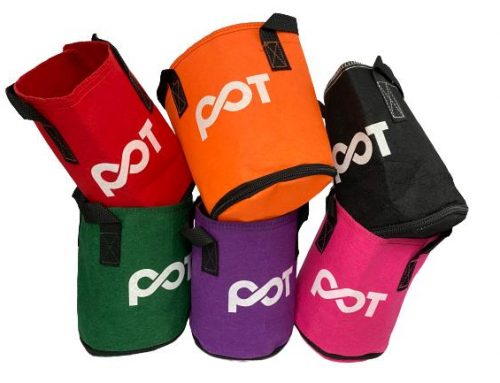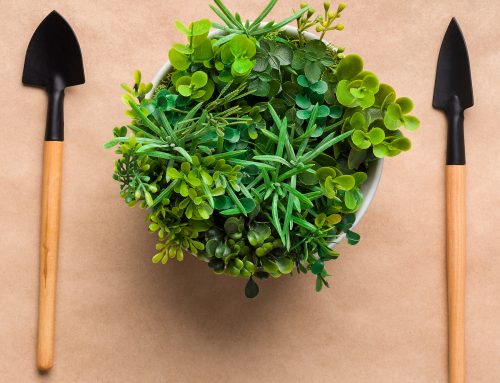Seedling is defined as a young sporophyte or plant grown from seed. If you want to have an extraordinary variety of plants, you must have to know how to transplant seedlings.
The Process
You have a garden and you want to make beautiful and transplant seedlings in it?
You are in a right place. We will tell you the complete process about how to transplant seedlings in your garden
First, take care of the following requirements before transplanting seedlings.
Take Care of Weather
To transplant seedling, a cloudy day is best. Moreover, do this work in the late afternoon, to protect it from sun rays and shock. Transplant seedling in the early morning. Prepare your garden bed and then transplant seedlings in your garden.
Pay attention to transplant seedlings according to the local weather condition. Never transplant your seedling in early spring, as it can cause frost of the plant and damage to it.
Pots of the Seedling
The key factor in the growth of the plant is its primary home. If the pot is of good quality, it assures the good growth of the seedling. We sell the best quality pots, as it is of great importance for your plant seedling. We always take care of our customer’s needs.
Time of Transplanting Seedling from Pots into the Garden
Take care of the time to transplant. Make sure that it should not be transplanted before proper development in pots. If transplanted earlier, it makes the survival of the plant difficult or if transplanted late, the seedling becomes bound to the original container.
Seedling’s True Leaves
If the seedling has 3-4 true leaves, it is the best time to transplant your seedling. These leaves store food for plants for a short period of time. True leaves emerge and supply food to the plant by the process of photosynthesis. Also, take care of the light supply to the seedling. Without proper light, plants can grow very tall rapidly.
Quality of Garden soil
Make sure that garden soil is moist, not soggy. If you want to transplant seedlings in warm and dry weather, water the planting area one day before transplanting seedlings. Moisten the pots before transplanting the seedling so that it holds around the roots and the plant is easily removable from the container.
Following are the steps to transplant seedling.
1- Make a Hole
Make a small hole in the garden for each seedling by using a hoe, trowel, or spade.
Try to make the hole deep enough so the transplant is at the same depth in the earth as it was in the container or pot. The hole should be twice of the width the root ball.
2- Unpot a Seedling
Turn the pot upside down and cup the seedling with your hand. Keep the root mass and soil intact. If the seedling doesn’t come out easily, gently tap on the edge of the pot with the help of your fingers to easily extract the seedling. It should not damage the stem of the plant.
3- Determine the Root Ball’s Condition
Lose the roots with your fingers if they are spread around the outside of the pot, so they can grow out easily into the soil. Without hurting or damaging, break smaller roots so they all point outward.
4- Use Fertilizer for Seedling
Fertilize soil for the rapid growth of plants.
Make your plant full of nutrients by regularly adding fertilizer. Fertilize bedding soil with the best quality fertilizer.
5- Put Seedlings in the Hole
The holes you made are the home to your seedling plant. Place your seedlings in the holes you made.
6- Formation of Soil Basin
When you firm the soil around the roots with your hands, it forms a shallow soil basin around the base of the transplant.
The soil basin plays a major role to hold water around your seedling. It usually forms a moat. When you water your seedling, the moisture remains in the moat and drains to the roots to keep moisturizing the roots.
7- Water Plant Bed According to Weather Condition
If the weather is dry, water the entire bed; if it’s rainy, wait for one day to water.
8- Take Care of your Plant Seedling, Even After its Establishment
Never forget to take care of seedlings after their establishment. Provide temporary shade for transplants with paper tents in dry and warm weather.






Leave A Comment
You must be logged in to post a comment.